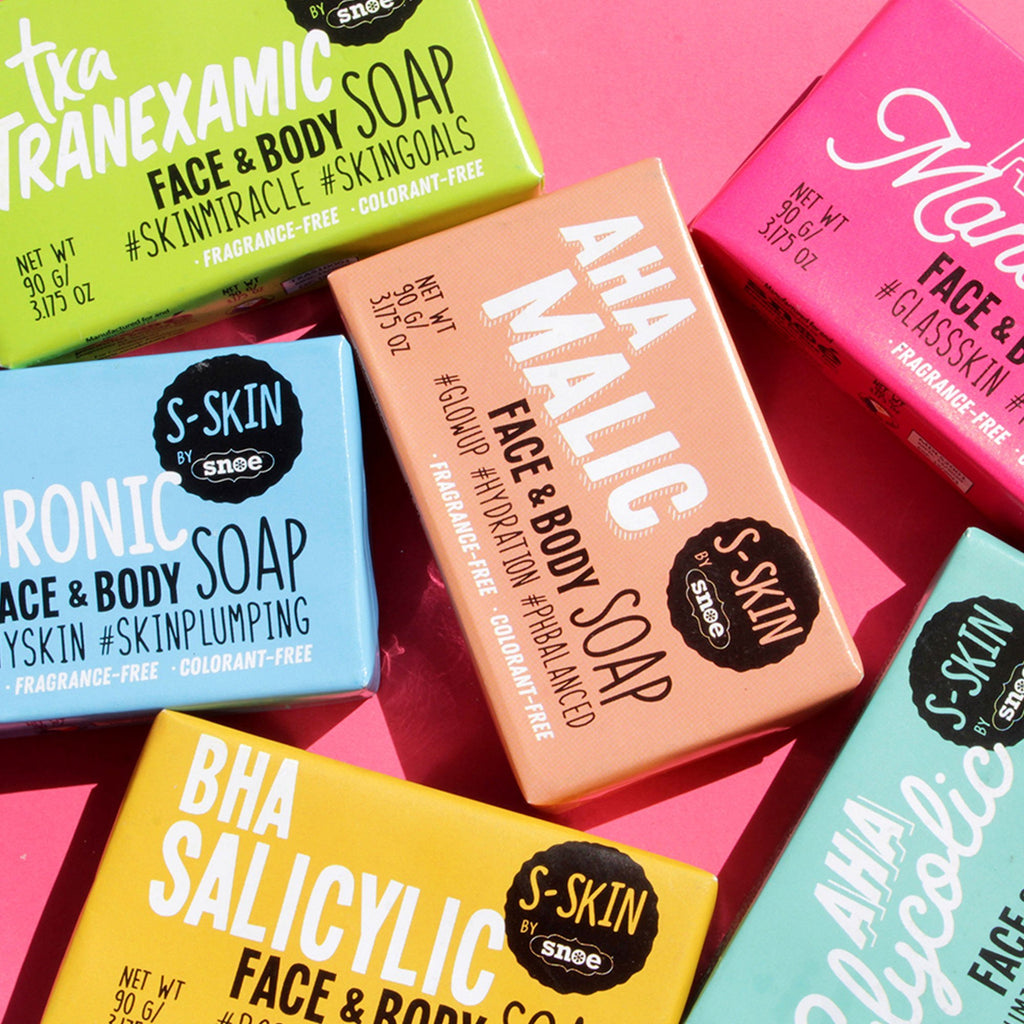
Title: Unveiling the Secrets: Essential Facial Skincare Ingredients to Steer Clear of in the Philippines
Introduction:
In the pursuit of flawless skin, consumers often find themselves navigating a labyrinth of skincare products, each promising miraculous results. However, amidst the allure of beauty lies a darker truth: the presence of harmful ingredients lurking within these products. In the Philippines, where the beauty industry thrives, it is crucial for consumers to be aware of the hazardous facial skincare ingredients that may compromise their skin health. This essay aims to shed light on these hidden dangers, offering insights into common harmful ingredients found in facial skincare products in the Philippines and empowering consumers to make informed choices for their skincare routines.
Understanding the Risks:
Before delving into specific ingredients, it is imperative to understand why certain skincare ingredients can pose risks to our health. Many skincare products contain chemicals that can penetrate the skin barrier and enter the bloodstream, potentially causing adverse effects on our overall health. These effects range from skin irritation and allergies to more serious concerns such as hormone disruption and even cancer. By being cognizant of these risks, consumers can take proactive steps to safeguard their skin and well-being.
The Hidden Dangers: Uncovering Harmful Facial Skincare Ingredients in the Philippines:
In the bustling market of facial skincare products in the Philippines, there are several common ingredients that consumers should be wary of. Among these are parabens, preservatives commonly used to extend the shelf life of cosmetics. While convenient for manufacturers, parabens have been linked to hormone disruption and reproductive issues. Another culprit is phthalates, often found in fragrances and known to disrupt the endocrine system. Sulfates, responsible for creating lather in cleansers, can strip the skin of its natural oils and lead to dryness and irritation. Formaldehyde, a known carcinogen, is another concerning ingredient that may be present in skincare products as a preservative.
Decoding the Risks: A Comprehensive Guide to Unsafe Facial Skincare Ingredients in the Philippines:
Each of these harmful ingredients carries its own set of risks, supported by empirical evidence and research. For instance, a study published in the Journal of Applied Toxicology found traces of parabens in breast cancer tissue samples, raising concerns about their potential role in cancer development. Similarly, research has shown that phthalates can disrupt hormone levels, leading to reproductive issues and developmental abnormalities. By understanding the science behind these risks, consumers can make informed decisions about the products they choose to incorporate into their skincare routines.
Protect Your Skin: Identifying and Avoiding Hazardous Facial Skincare Ingredients in the Philippines:
Armed with knowledge, consumers can take proactive steps to protect their skin by scrutinizing product labels and avoiding products containing harmful ingredients. Look for skincare brands that prioritize transparency and use natural, non-toxic ingredients in their formulations. Additionally, consider opting for products that have been certified organic or free from harmful chemicals by reputable organizations. By being vigilant and discerning, consumers can safeguard their skin against potential harm while supporting brands that prioritize safety and efficacy.
Beyond the Labels: Understanding the Truth About Unsafe Facial Skincare Ingredients in the Philippines:
In the pursuit of beauty, consumers are often bombarded with misleading marketing tactics that obscure the truth about skincare ingredients. It is essential to look beyond flashy packaging and extravagant claims and instead focus on the ingredients list. Empower yourself by researching unfamiliar ingredients and understanding their potential risks. By becoming informed consumers, we can demand greater transparency from skincare brands and drive positive change within the beauty industry.
Conclusion:
In conclusion, the quest for radiant skin should not come at the expense of our health. By unveiling the secrets of essential facial skincare ingredients to steer clear of in the Philippines, we empower ourselves to make informed choices for our skincare routines. Armed with knowledge and discernment, we can protect our skin from harm and advocate for safer, more transparent practices within the beauty industry. Let us prioritize our health and well-being, ensuring that beauty truly begins with safety.
No Comments Yet